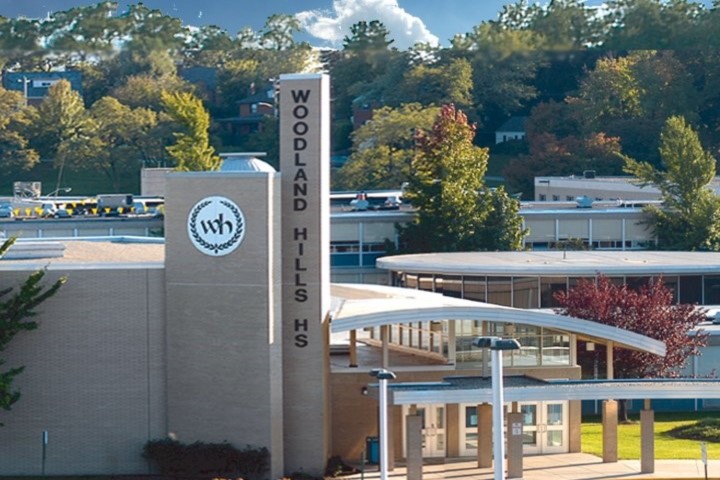Smartphones are making it easier for students to cheat in school, and several Ohio students and school officials recently discussed how it’s playing out and what educators can do about it.
With text and photo messages, Facebook, Twitter, Snapchat and dozens of other apps, students now have a plethora of options to share answers to a Spanish assignment or history homework, and it’s a problem some administrators are struggling to contain.
“Local school officials and a wide range of opinions on high-tech cheating. Superintendents in Franklin and Newton schools said it’s not a big concern in their buildings,” the Dayton Daily News reports. “Carroll High School principal Matt Sableski called it ‘a huge issue,’ and Centerville teachers’ union President Brian Cayot said teachers know it happens, ‘probably more than we want to admit.’”
Cayot, and Fairmont High School student body president Emma Kane explained there’s typically two kinds of students who participate in cheating: those struggling to learn the material and high-achievers overwhelmed with extracurricular activities, jobs, and pressure to get into a quality college.
“If you’re super, super busy and a teacher assigns a ton of homework that night, you’re in an ‘uh-oh’ moment,” Kane said. “You can either stay up all night, or get it from someone else. A lot of times some kids push more toward getting it from someone else.”
“I would argue that it’s more pervasive in the honors-level classes,” Coyot added. “They are under a different set of pressures. But it comes down to building character and instilling in them the importance of ethics and doing your own work.”
Other students are embarrassed to ask for help.
“I think the main reason people do that is because they’re afraid to ask for help in the middle of class, or ask the teacher for extra tutoring,” Thurgood Marshall High School student Ayyoub Muhammed told the news site. “They’re scared of looking like they’re dumb.”
School officials told the News educators can combat the problem by randomly switching the order of questions on worksheets, and using assignments that probe students for deeper answers, rather than multiple choice or fill-in-the-blank questions. Teachers can also leverage technology to their advantage, through sites that scan student papers for plagiarism.
“As a student, if it’s not at all specific to me or doesn’t have me engaged in the work, I’m going to take (my friend’s) work and be done with it … who’s the smart one there? The student,” Trotwood interim superintendent Tyrone Olverton said. “It goes back to the whole notion of engagement and enjoyment of learning. We need to look at a lot more individualized learning.”
Researchers at the Institute for Advanced Studies in Culture examined cheating as part of a broader look at character education in a variety of American high schools.
In rural schools, education researcher Richard Fournier noted much of the issue centered on an incohesive message about why cheating is a bad thing.
“While teachers might be fully able to articulate the moral ideals behind their disciplinary decisions, their explanations typically varied, which presumably sent mixed moral messages to students,” Fournier wrote in “The Content of Their Character,” an Institute for Advanced Studies in Culture publication. “Similarly, although teachers, students and parents offered similar examples of bad student behavior – cheating, bullying, selfishness, etc. – they either were unsure or gave different answers when pressed for insight into why these things were bad or how students should be disciplined.”
The Jubilee Center for Character and Virtues offers character education lessons that focus on using technology more wisely. The lessons prompt students to think more about their relationship with the technologies they use, and to consider the benefits and drawbacks they pose for themselves and others.


